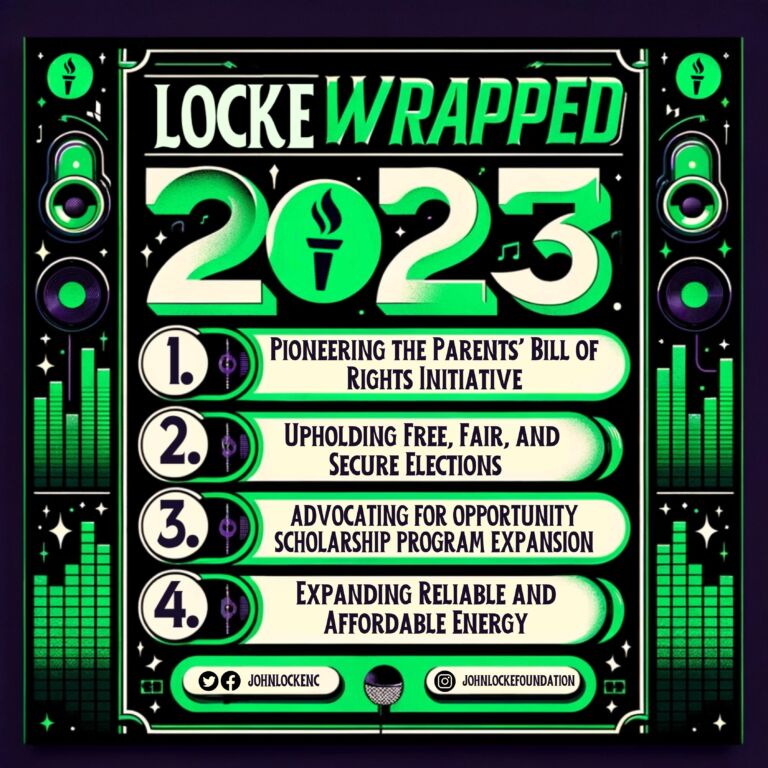Ramesh Ponnuru of National Review Online probes U.S. Supreme Court Justice Clarence Thomas’ recent comments about libel law.
In New York Times v. Sullivan, a canonical case from 1964, the Supreme Court expanded press freedom by creating a high burden of proof for public officials alleging they have been defamed. To win, the defamed party has to show that the defamer acted with “actual malice,” either knowing their claims were false or showing reckless indifference about their truth or falsity. (Later cases made public figures, not just officials, subject to the Court’s new rule.) In an opinion this week, Justice Thomas did not display the usual reverence for this precedent. “New York Times and the Court’s decisions extending it were policy-driven decisions masquerading as constitutional law.”
In Slate, Mark Joseph Stern writes in response that the 1964 decision “remains the crucial safeguard of America’s free press, a bulwark against defamation suits designed to silence media outlets and chill public debate. If Thomas succeeded in killing off Sullivan, it would be, quite simply, the end of the First Amendment as we know it.” …
… Much of our constitutional law does not follow the originalism that Thomas employs in this opinion. We are accustomed enough to a non-originalist constitutional law that Thomas’s opinion is, as Stern says, “stunning.” But the complacent acceptance of that law entails conclusions that are, on examination, also stunning, such as that we didn’t really have a free press until 1964. Justice Thomas’s provocation consists of suggesting that “the First Amendment as we know it” is not the actual First Amendment. If his mode of analysis catches on, a lot of other First Amendment doctrine, and more, will be up for reconsideration.


